Helping Leaders Get Ahead in Conflict Management:
Understanding Ourselves, Our Team and What Steps to Take
Helping leaders get to a point where conflict is minimal or where they know what to do when conflict arises, whatever the situation, is an important way to help leaders succeed.
Conflict management skills are required whatever the role or level of the leader in the organisation. Understanding what motivates us, what triggers conflict in us and what might be causing those in our team conflict is a useful starting point.
We are going to look at some tips that will help you plan the leadership development your leaders might need to succeed in the area of conflict management.
UNDERSTANDING OURSELVES BETTER
This is obviously a complex and specialist area, and we are not going to do more than look at some of the tips and approaches that we have repeatedly seen work for leaders in our leadership development programmes.
TIP ONE: SOURCES OF CONFLICT: WE ARE ALL DIFFERENT
Firstly, we need to start by recognising that we may all find different things a source of conflict. What you find as a source of conflict may not be what I find to be a source of conflict.
It seems obvious, but when we are all busy with our own work, it can be easy to forget that just because it is not an issue for me, it does not mean that it is not an issue for some people in my team or my organisation.
TIP TWO: PERCEPTIONS: SOURCES OF CONFLICT CAN VARY DAY TO DAY
Equally, some of the things may feel like conflict to you or me on some days and on other days we can handle it fine.
This is again a very individual experience with individual triggers. What I can handle one day because I am feeling 100% focused and motivated can be very different to what I can handle another day when I am feeling tired or perhaps distracted by something.
This means what I perceive as conflict one day might be very different from what I perceive as conflict another time. And this will vary for everyone in my team.
TIP THREE: UNDERSTAND OURSELVES BETTER
Anything that helps your leaders have more insight into who they are as people, will help them better understand:
- How they come across to others
- What drives or motivates them
- What they don’t like, what they find stressful or what creates conflict for them
- What impact they might have on others as a result of how they behave
We use a variety of techniques to help leaders achieve some initial insight.
TIP FOUR: MY IMPACT AS A LEADER
With this insight, leaders can then start to think about what this means in their role as a leader.
We know that ‘no-one is an island’ and as a leader, we need leaders to understand that they are role models for their teams and their organisations. This impacts on what they say, what they do and how they react to situations.
If leaders are aware of what causes them conflict as individuals, their first step is to be aware of this and take steps to manage the situation for themselves. It is not always possible to avoid conflict or stress but if we know that a particular situation will make us feel we are in conflict or stressed, then we can be conscious of this and be aware of what we do next.
TIP FIVE: WHAT WORKS FOR MY TEAM MEMBERS?
Having increased awareness of when each of your team members is happy, motivated, stressed or feeling conflict, can help each leader be a bit more aware of what will work for each team member.
The larger the team, the more direct reports, the harder it becomes. However, remembering tips one to four and recognising that you will not react the same as the next person, is a good foundation for being more aware of what is going on around you.
TIP SIX: SPOTTING THE SIGNS OF CONFLICT

Linked to tip five, leaders need to be able to spot the signs of stress or conflict in their teams.
Some things are easier to spot than others and they should, therefore, be explored during the leadership development programme. In particular, behaviour and motivation should be explored in detail.
TIP SEVEN: GIVE YOUR LEADERS THE TOOLS TO SUCCEED
Whatever level your leader is at, from future supervisor to company director, we need to give them enough tools to be able to minimise conflict and deal with conflict as soon as it starts to arise.
There are a lot of tools that we use in our programmes because we see repeatedly that they work, they can be picked up and they can be applied back in the work place.
Once your leaders have grasped the basics and particularly in more senior roles, you can then start looking at more advanced communication and relationship building skills.
Recognising what tools are appropriate for each role is the first starting point, being able to build these through a development programme and bringing in more advanced tools (and therefore skills and knowledge) at the appropriate time is important.

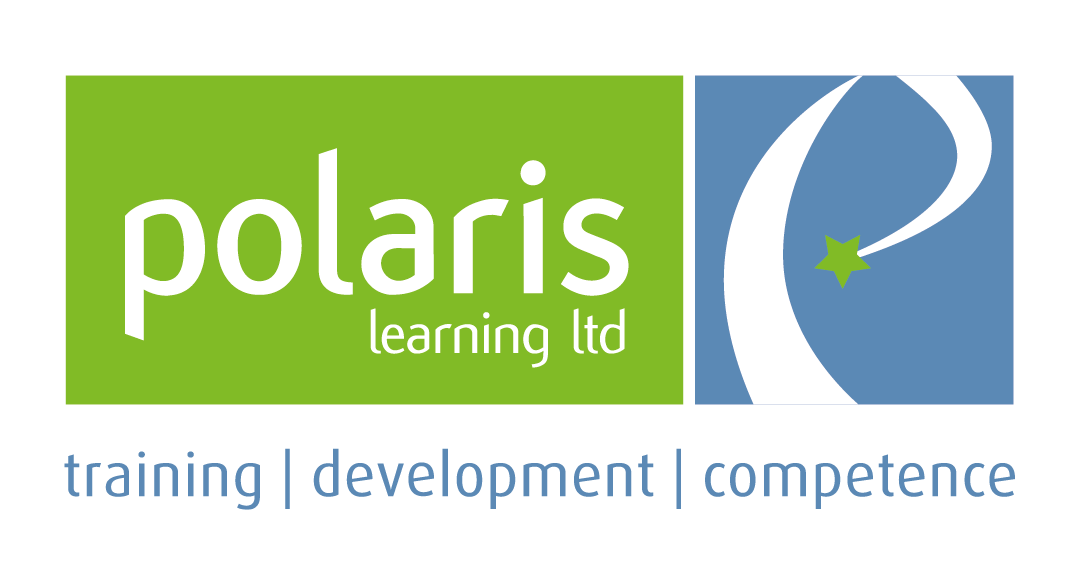
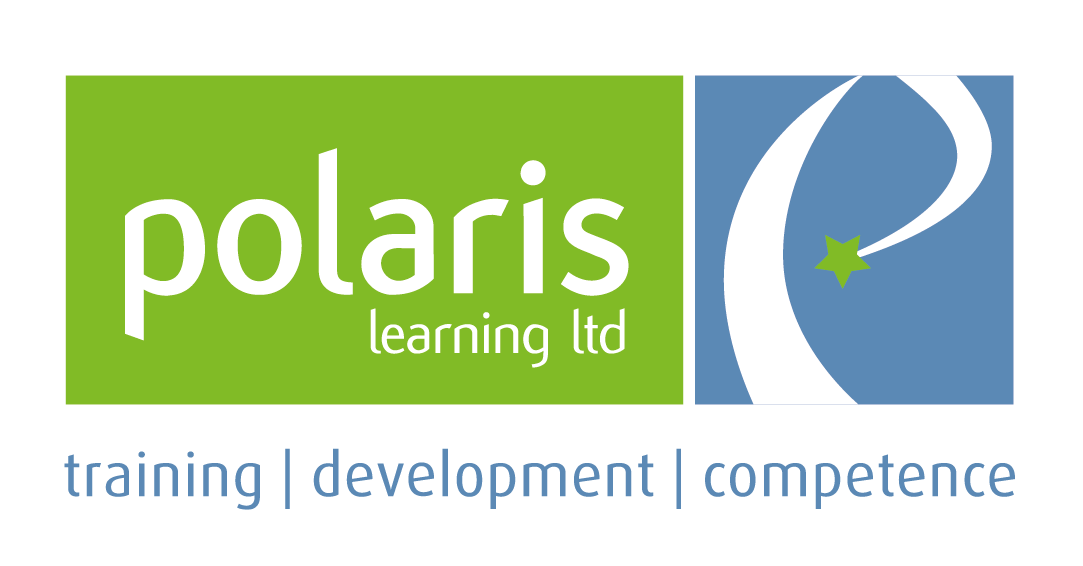

 Well Operations Audit of Supply Chain
Well Operations Audit of Supply Chain Revision and roll out of CMS
Revision and roll out of CMS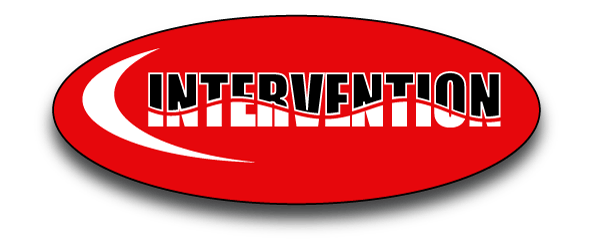 Set up and Hosting of Organisations CMS
Set up and Hosting of Organisations CMS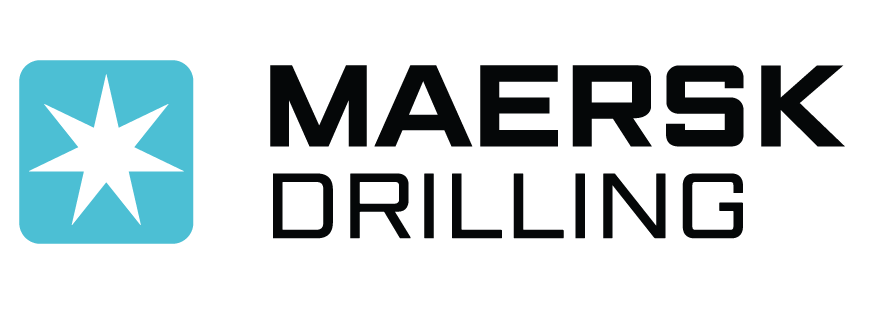

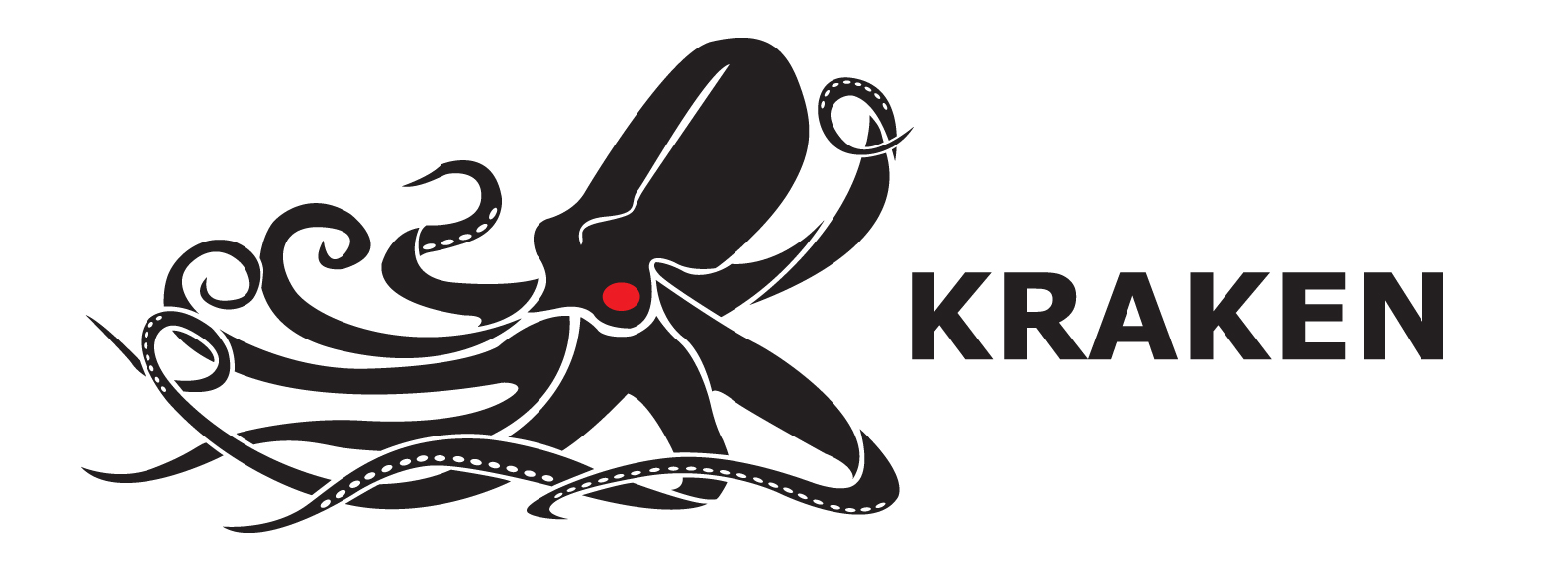 Integrated LMS and CMS
Integrated LMS and CMS
